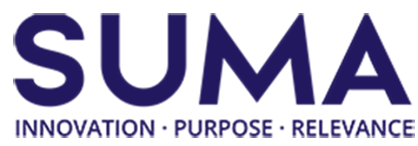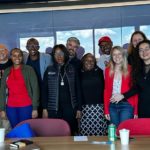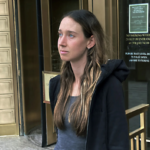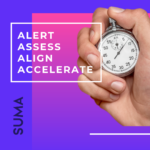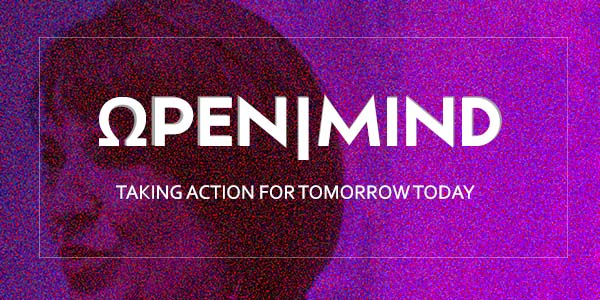
The textbooks say that innovation begins with a problem to be solved or an idea of something new to bring to market. I respectfully disagree—that might be where we first see innovation taking shape, but that’s not actually the genesis of innovation.
Yes, the innovative process works to bring the elements together to clarify the objectives, make it happen, drive change, apply a new technology, deliver an invention, or do things differently.
But the precursor to any solution or idea is a foundational phase where the “magic” actually happens when forces haven’t gelled yet and problems to be solved are still elusive. This early stage is often unrecognized or neglected. Innovators are left without a formal discovery and synthesis process to weave hunches and observations into an early-stage idea that can be described as a problem to be solved or an initiative worth pursuing at scale.
It’s critical to provide guidance and frameworks to transform initial sparks into wildfire projects.
We call this phase ENVISION and we call the spark stage the “En Moment.”
THE “EN MOMENT” IS THE PHASE BEFORE AN IDEA GELS
When I wrote Find Your Next, I tracked the moments when a handful of leaders from EMC imagined a future that included cloud computing, and that hunch led to their decision to acquire VMware (now owned by Dell).
Not everyone saw that same possible future of cloud computing at that time, but by putting themselves in a state that I call ENVISION, the company was able to translate early hunches into business realities.
In the ten years since I published that book, I’ve worked on projects in mobility, future of work, blockchain + finance, alternative energy, retail, healthcare, and dozens of technologies where the most critical moment came BEFORE it was clear there was a customer need.
The teams had to uncover, imagine, explore, learn, and ultimately master new skills to move from an early gut feel toward the innovation path.
Those insights led to the Get To Next process: Envision, Expand, Build, Engage, Activate.
The first step, “Envision” codifies this “EN Moment”.

THE EN MOMENT REFINES EARLY STAGE HUNCHES
The EN Moment happens:
When we’re trying to design Future of Work initiatives that get to the root of employee unrest and make our companies magnets for talent. We have initial thoughts but need to make sense of new information before the ideas sprout.
When we’re working to figure out how customers might feel about biometrics as a security shield for their future self-driving cars. We can piece together fragments of data to project forward, but we need to imagine new realities and take leaps of faith.
When we’re looking at ways to lead new partners to address important challenges like food scarcity and equitable education. We envision the end result of change, but we’re not sure how to frame our ideas quite yet.
So many of us have early-stage hunches that need to (and deserve to) transform into high-impact initiatives. There is a process that frames these aspects of envisioning and exploring into tangible steps.
Get To Next is the future “operating system” for leaders, technologists, and innovators in any industry. It is designed to effectively organize and drive forward the process of innovation at scale regardless of the complexity, environment, or network.
The Get To Next model begins with ENVISION and guides us through the process of seeing present opportunities, recognizing new pathways, and discovering new allies.
I hope you’ll join me in learning about the art and science of the stage BEFORE most innovation conversations begin: ENVISION.
ToolBox
THE MAGICAL PART OF INNOVATION
ENVISION
Some of the questions we can ask ourselves to initiate the process of envisioning are:
- How do we envision opportunities that our CUSTOMERS haven’t articulated yet? Remember banking before today’s fintech options.
- What early shifts are we seeing in our COMPETITIVE LANDSCAPE that could point to a new path? Look at the emergence of ghost kitchens and parklet dining.
- Which SOCIETAL MOMENTS might be game-changing, or begging for new thinking? Think of the post-COVID future of work.
- Which TECHNOLOGIES have come of age that open new possibilities? Examples include digital health.
- How might new ECOSYSTEMS be built by recombining and reorganizing elements in novel ways? Remember the emergence of Airbnb and the associated services that they don’t own but they do enable.
- Which purpose-related SOCIAL TRENDS are begging for fresh lenses? Social isolation, aging population, mental health.
You can now binge-watch all 5 MasterClass Sessions For Free!
The Get To Next MasterClass Series is a sequence of videos presenting the Get To Next model in detail. Watch to find out how this systematic approach will make your life as an innovator easier, more successful, more purposeful and more rewarding and how the modules work together to drive your innovation process from inception to implementation.
Sign up for the MasterClass series here.
To learn more about the model please visit our website: GTN Model.
